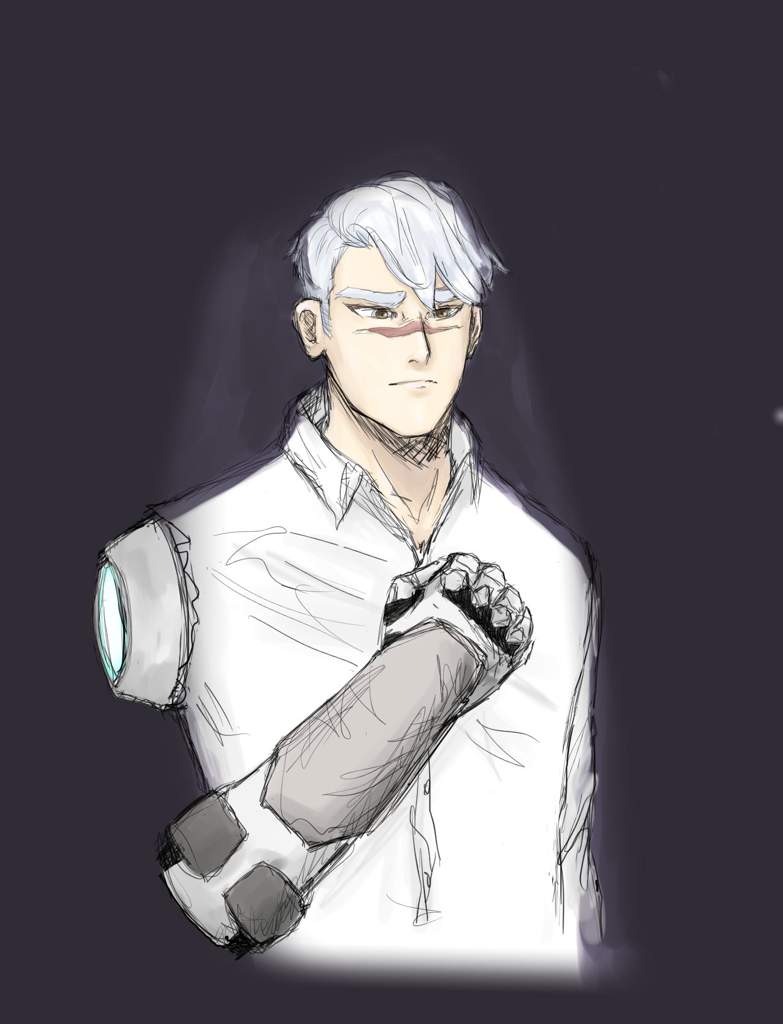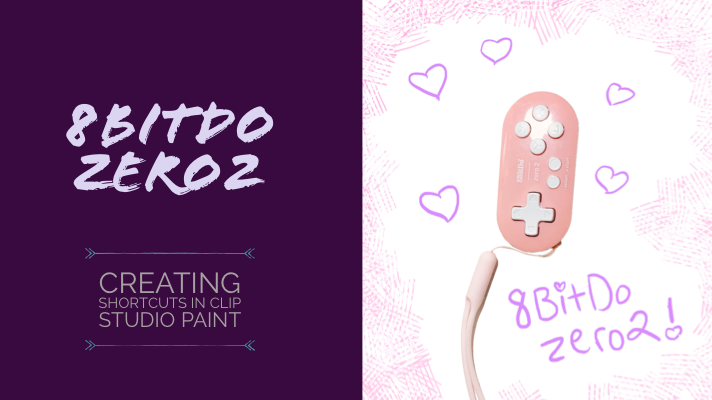


The auto-generated piano parts contain some weird glitches. The built-in songbook includes 300 play-along exercises from classical piano-lesson books like Czerny and Hanon. You can save the resulting masterpiece as an audio file to flash drive or your iPad. There’s a 16-track recorder, 700 instrument sounds, and 29 drum kits. Or layer the keyboard, so that the upper keys play piano and strings. Split the keyboard so that, for example, the upper keys play piano, and the lower ones play bass. Once you download the Yamaha Smart Pianist app, all kinds of new possibilities emerge. (In the spring of 2018, Yahama says, you’ll be able to connect an Android tablet.) The real magic begins when you connect an iPad, using its normal charging cable, to the piano’s USB jack. But paying $3,500 for this piano and then not connecting an iPad is like buying a Maserati to use only for its air conditioning. So if you do intend to use these features, expect to run back and forth a lot to the manual.Įven so, this is all pretty cool stuff. Controlling all of the features listed above requires holding down Function while you press one of the piano’s 88 unlabeled keys. Unfortunately, the piano has only a single button, called Function.

So if your headphones or earbuds have a standard miniplug, you’ll have to buy an adapter. Note: These are quarter-inch phono plugs. The piano sounds amazing with headphones on-much more realistic and gorgeous than through its built-in speakers, although without as much volume. There’s a mike input, for your singalong pleasure. Or tune this piano as you might a violin, to fit in with other instruments. As with any digital piano, you can shift the entire keyboard into a different key. You can dial up three reverb (echo) effects, and adjust their intensity. You can speed the clicking up or slow it down, or set it by tapping the tempo you want it to mimic. Those Guitar Hero lights come on to assist. Without the iPad, you can get a whiff of the cool self-teaching features, thanks to the 10 built-in songs: “Let It Go” (from “Frozen”), “Twinkle, Twinkle, Little Star,” “Für Elise,” and so on. For example, if your fingers are on the notes for a C minor 7 chord, the virtual bass and guitar players play a C minor 7. A truly great-sounding backup band-in your choice of 10 styles (country, blues, jazz, etc.)-analyzes the notes you’re playing and auto-generates an accompaniment.

Without the iPad, you have a choice of 10 keyboard sounds: pianos, harpsichord, organ, vibraphone. Models with nicer cabinet wood and bigger speakers jack up the street price as high as $5,300. Actual piano stores-which won’t have the piano in stock for a few more weeks-are offering it at around $3,500. Yamaha’s list price for this thing is as high as $6,000, but piano list prices are a total fiction. This input box is under the left edge of the keyboard.


 0 kommentar(er)
0 kommentar(er)
